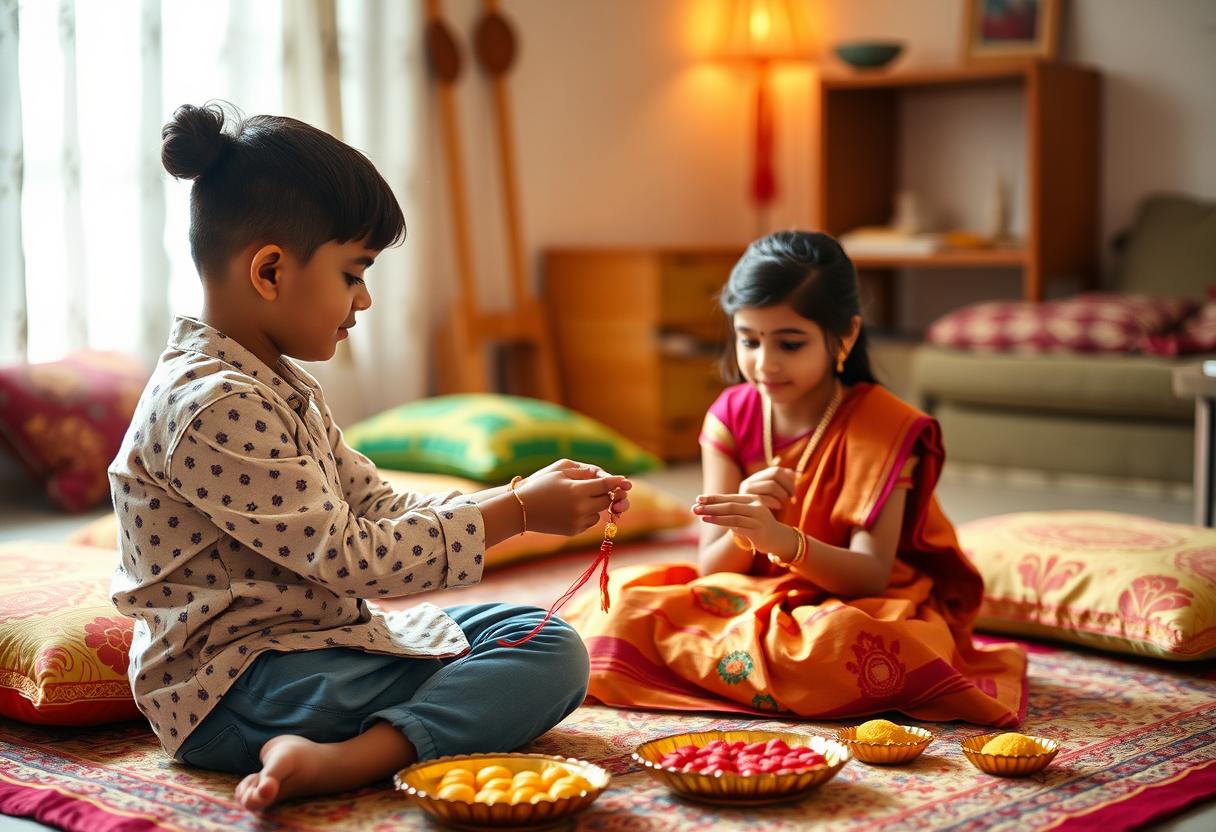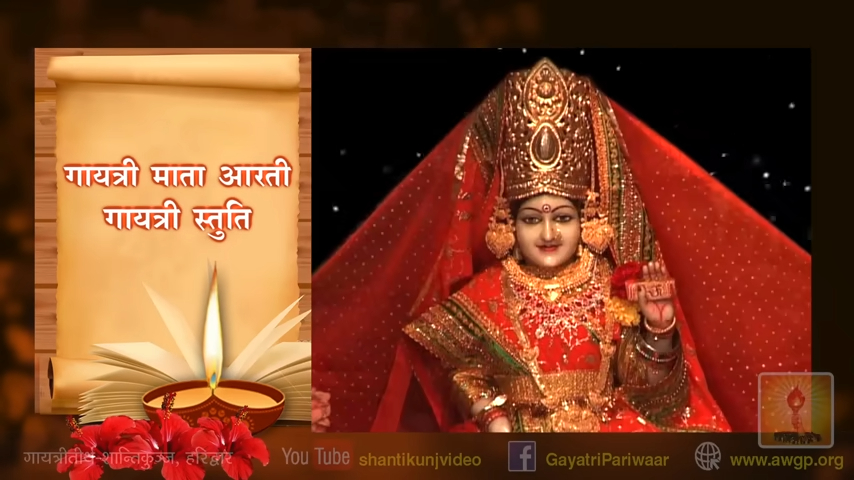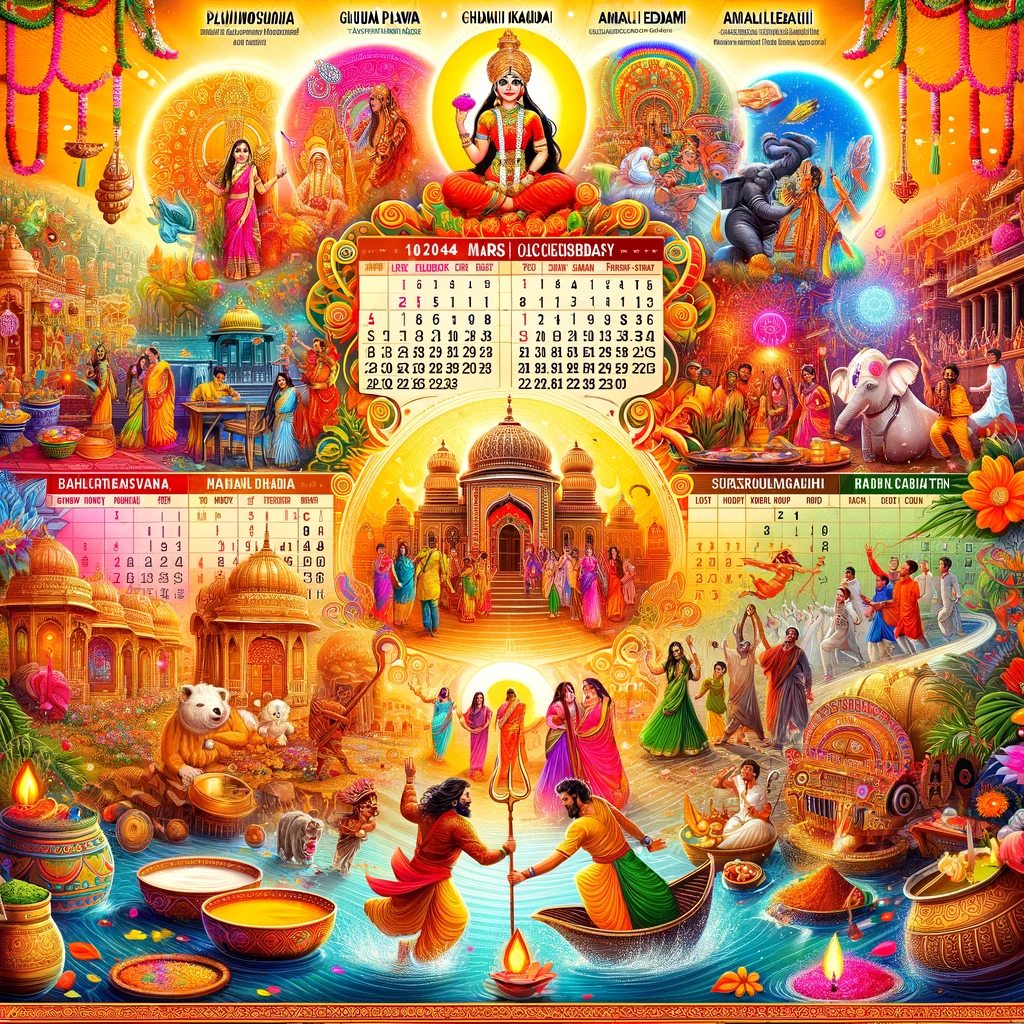
Choosing the Perfect Rakhi: Auspicious Threads for a Blessed Raksha Bandhan
Raksha Bandhan involves sisters tying a sacred thread, known as a rakhi, on their brothers’ wrists, symbolizing their prayers for their brothers’ well-being and the brothers’ vow to protect them. However, not all rakhis are considered equal in their symbolism or auspiciousness. Understanding which rakhis are considered auspicious and which should be avoided is essential for making this festival spiritually enriching.
The Significance of Raksha Bandhan
Raksha Bandhan, often called simply Rakhi, has its roots deep in Hindu mythology. The festival is not just about the physical act of tying a thread; it’s a reaffirmation of the bond of protection and love between siblings. The rakhi is believed to be a protective charm, warding off negative influences and safeguarding the wearer.
The practice of tying rakhi is steeped in tradition, and the choice of rakhi itself holds significant meaning. Different types of rakhis are believed to bring various blessings or negative effects depending on their design, material, and color.
Auspicious Rakhis to Tie
- Silk Thread Rakhis: Silk has long been considered a pure and sacred material in Hindu rituals. A rakhi made of silk thread is believed to attract positive energy and bring good fortune to the wearer. The softness of the silk symbolizes the delicate yet strong bond between the siblings.
- Red and Yellow Rakhis: The colors red and yellow are highly auspicious in Hinduism. Red symbolizes purity, protection, and the blood tie between siblings, while yellow represents prosperity, knowledge, and a fresh start. A rakhi combining these colors is considered highly beneficial.
- Chandan (Sandalwood) Rakhis: Sandalwood is another sacred element in Hindu rituals. Rakhis made of sandalwood beads or with a sandalwood paste design are thought to be highly auspicious. Sandalwood has cooling properties, symbolizing peace and calm, which makes it an excellent choice for ensuring a harmonious relationship.
- Swastika and Om Symbol Rakhis: The swastika and Om are two of the most sacred symbols in Hinduism. A rakhi adorned with these symbols is considered to be blessed and brings protection and spiritual growth. The swastika is a symbol of good luck and prosperity, while Om represents the essence of the universe and spiritual energy.
- Kesar (Saffron) Rakhis: Saffron is a symbol of purity and strength in Hinduism. A rakhi made with kesar threads or containing a small amount of saffron is believed to bring good health, wealth, and spiritual well-being to the brother.
- Mouli Rakhis: Mouli or Kalava is the sacred red and yellow thread used in various Hindu rituals. Tying a mouli rakhi is considered highly auspicious, as it symbolizes protection from evil and divine blessings.
Inauspicious Rakhis to Avoid
While some rakhis are believed to bring blessings, others are considered inauspicious and should be avoided to prevent negative outcomes.
- Black Rakhis: The color black is generally associated with negativity, evil, and bad luck in Hindu culture. Tying a black rakhi is believed to attract negative energies and is considered highly inauspicious. It is best to avoid black-colored rakhis during Raksha Bandhan.
- Plastic or Artificial Material Rakhis: Rakhis made from plastic or other synthetic materials are not considered sacred. The use of these materials is often seen as disrespectful to the sanctity of the festival. These rakhis lack the spiritual significance that natural materials like silk, cotton, or sandalwood provide.
- Rakhis with Sharp or Rough Edges: A rakhi with sharp or rough edges can symbolize a strained or harsh relationship. It is believed that such rakhis could lead to conflicts or misunderstandings between siblings. The rakhi should be smooth and comfortable to ensure the relationship remains peaceful.
- Broken or Damaged Rakhis: It is considered highly inauspicious to tie a broken or damaged rakhi. Just as a broken rakhi symbolizes a weakened bond, it can be seen as an omen of rifts or separations in the relationship. Always ensure the rakhi is in perfect condition before tying it on your brother’s wrist.
- Rakhis with Negative Symbols: Some rakhis might feature symbols or images that are not considered positive, such as certain animals or motifs associated with aggression or negativity. These should be avoided to maintain the spiritual purity of the ritual.
The Ritual and Timing of Tying the Rakhi
Beyond the selection of the rakhi itself, the timing and method of tying the rakhi also play a crucial role in ensuring the ritual’s success.
- Shubh Muhurat (Auspicious Timing): Hindu rituals are often performed during specific times considered auspicious, known as muhurat. For Raksha Bandhan, it is essential to choose a shubh muhurat for tying the rakhi. This timing is determined by astrological calculations and ensures that the ritual is performed when the energies are most favorable.
- Bhadra Kaal: One of the critical periods to avoid when tying a rakhi is Bhadra Kaal. In Hindu astrology, Bhadra Kaal is considered an inauspicious time, as it is believed to bring misfortune or negative results. Tying a rakhi during Bhadra Kaal is said to negate the protective and positive benefits of the rakhi. Therefore, it is crucial to check the timings and ensure that the rakhi is tied after Bhadra Kaal has ended.
- Puja and Rituals: The process of tying the rakhi is usually preceded by a small puja (worship) ceremony. Sisters perform aarti, apply a tilak (vermilion mark) on their brothers’ foreheads, and offer sweets. This ritual sanctifies the bond and invokes divine blessings for the brother’s well-being.








